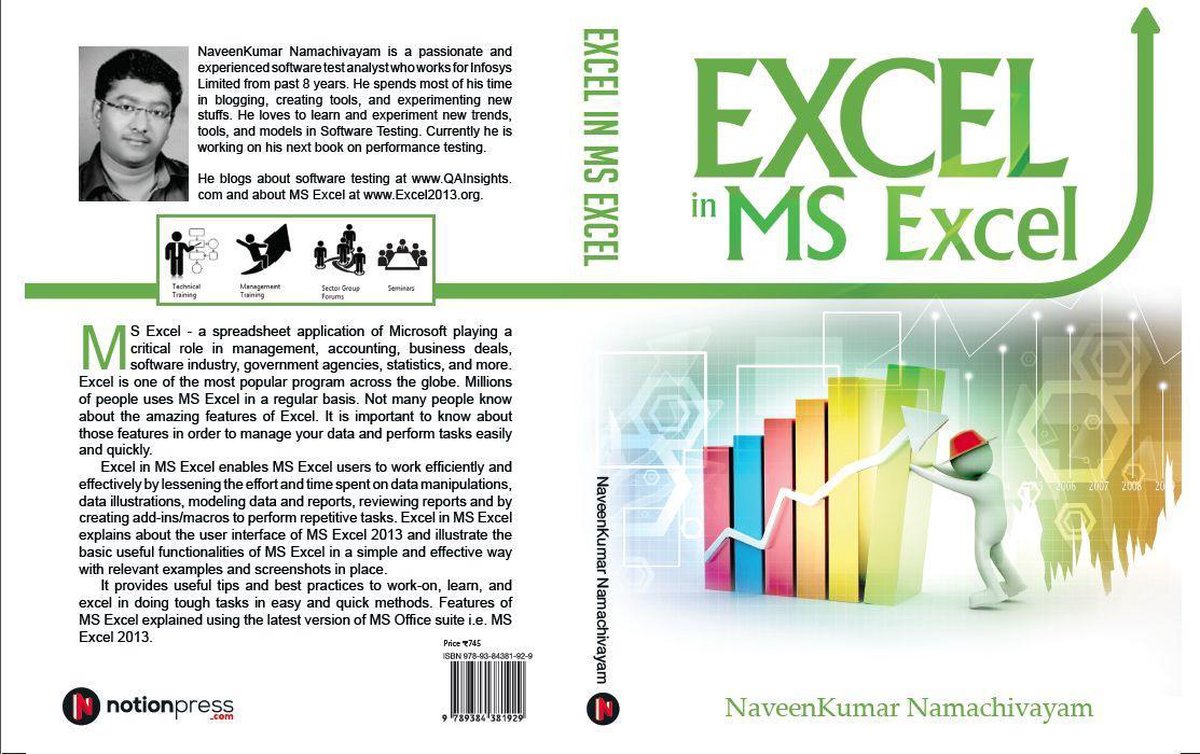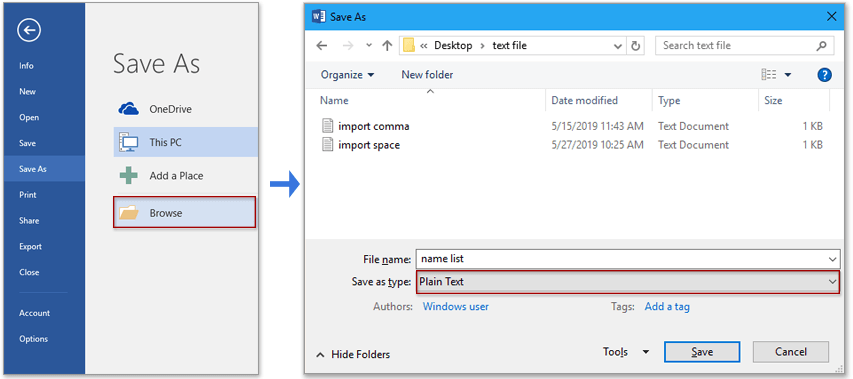If you use Microsoft Excel on your Mac, you can save the spreadsheets you create and open them in Numbers, Apple’s spreadsheet app. It’s a handy feature to use in case you can’t access Microsoft’s apps.
Every Mac comes with Apple’s iWork apps: Pages (word processor), Numbers (spreadsheet), and Keynote (presentations). And these apps can import Office documents. Here’s how you can open Excel spreadsheets in Numbers, as well as export Numbers spreadsheets for use in Excel.
How to import Microsoft Excel spreadsheets into Apple Numbers
Works with Excel Open, edit, and save Microsoft Excel files with the Chrome extension or app. Convert Excel files to Google Sheets and vice versa. The Excel spreadsheet app lets you create, view, edit, and share your files with others quickly and easily. Sheets can easily be checked, edited and shared on the go. Excel makes it easy to review. Excel is a program within the Microsoft Office Suite. It contains a spreadsheet that can automatically input, calculate and analyze data, which makes it a valuable skill for the workplace. Employees can use Excel to accomplish an abundance of daily tasks. In Microsoft Excel, you can create a macro that is called only when a value is entered into a cell in a particular sheet or in any sheet that is currently open. Note, however, that you should not call macros unnecessarily because they slow down the performance of Excel. More information.
This procedure works with .xlsx and .xls file formats. You can also import .csv and tab-delimited files.

Launch Numbers (it’s in the Applications folder of your Mac).
In the window that automatically opens when you launch the app, navigate to the location of your Excel file. For example, if it’s in Documents, click on the Documents folder in the left sidebar. (You can also click on the File menu and select Open, then navigate to your spreadsheet.)
Once you’ve located your file, select it and click Open. A progress window will appear.
A window may appear, explaining any changes that were made during the import process. The more complicate your Excel spreadsheet (lots of formulas, charts, etc.), the higher the possibility that a change had to be made. The simpler the spreadsheet, the more your file will resemble what you created in Excel.
That’s it. The Excel file should open in Numbers.
Before you start working on your spreadsheet, look it over carefully. Formatting may have changed, especially with charts. Check to make sure the formulas you are using are intact. There’s always a chance that so much happened during the import that you can’t use your spreadsheet.
How to export Apple Numbers files as Microsoft Excel spreadsheets
If you’ve been working in Numbers and will eventually return to Excel, you can export your spreadsheet as an Excel file. Here’s how.
In Numbers, click on the File menu and move your cursor to “Export to.”
A pop-up menu will appear. Select Excel.
In the Export Your Spreadsheet window that appears next, you can opt to include a summary worksheet and require a password. Click on Advanced Options, and you can select between .xlsx and .xls file formats. Click Next when you have finished selecting your options.
Choose where you want to save the file and name it.
When you click Export, this will save the file.
/007_how-to-multiply-in-excel-3124086-5bf8a30a46e0fb0051eba999.jpg)


Note
Office 365 ProPlus is being renamed to Microsoft 365 Apps for enterprise. For more information about this change, read this blog post.
Summary
In Microsoft Excel, you can create a macro that is called only when a value is entered into a cell in a particular sheet or in any sheet that is currently open.
Note, however, that you should not call macros unnecessarily because they slow down the performance of Excel.
More information
Microsoft provides programming examples for illustration only, without warranty either expressed or implied. This includes, but is not limited to, the implied warranties of merchantability or fitness for a particular purpose. This article assumes that you are familiar with the programming language that is being demonstrated and with the tools that are used to create and to debug procedures. Microsoft support engineers can help explain the functionality of a particular procedure, but they will not modify these examples to provide added functionality or construct procedures to meet your specific requirements. In many instances, a macro should run only when a certain number of cells have values entered into them (referred to as the 'key cells' in this document). In order to prevent a large macro from running every time a value is entered into a cell of a sheet, you must check to see if theActiveCell is one of the key cells. To accomplish this, use the Intersect method on the ActiveCell and the range containing the key cells to verify the ActiveCell is one of the key cells. If the ActiveCell is in the range containing the key cells, you can call the macro.
To create the Visual Basic macro:
Excel Online

Excel On Ipad
Right-click the Sheet1 tab and then click View Code.
The module sheet behind Sheet1 is opened.
Type the following code into the module sheet:
Click Close and Return to Microsoft Excel on the File menu.
How To Learn Excel For Free
When you type an entry in cells A1:C10 on Sheet1, a message box is displayed.
